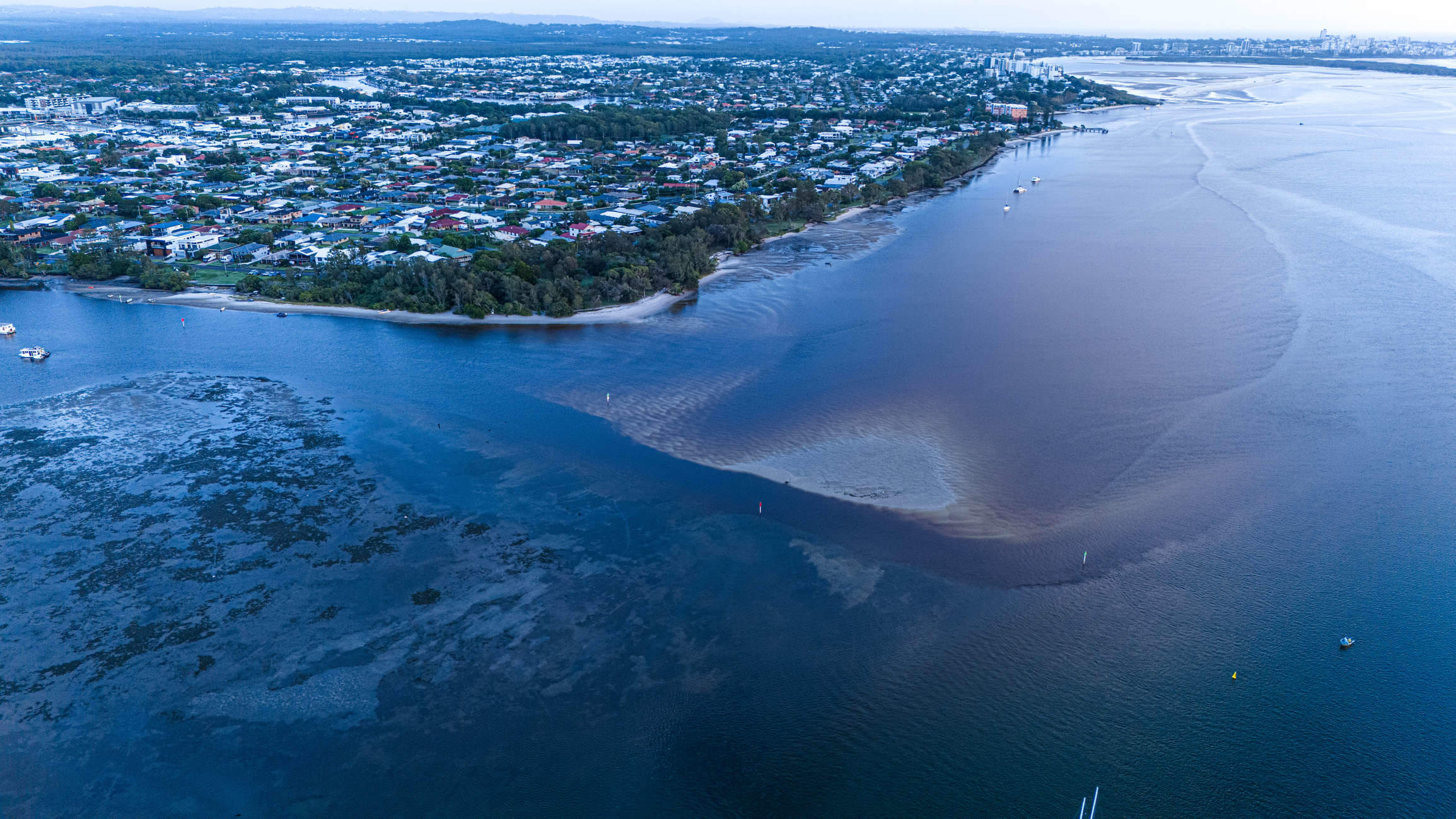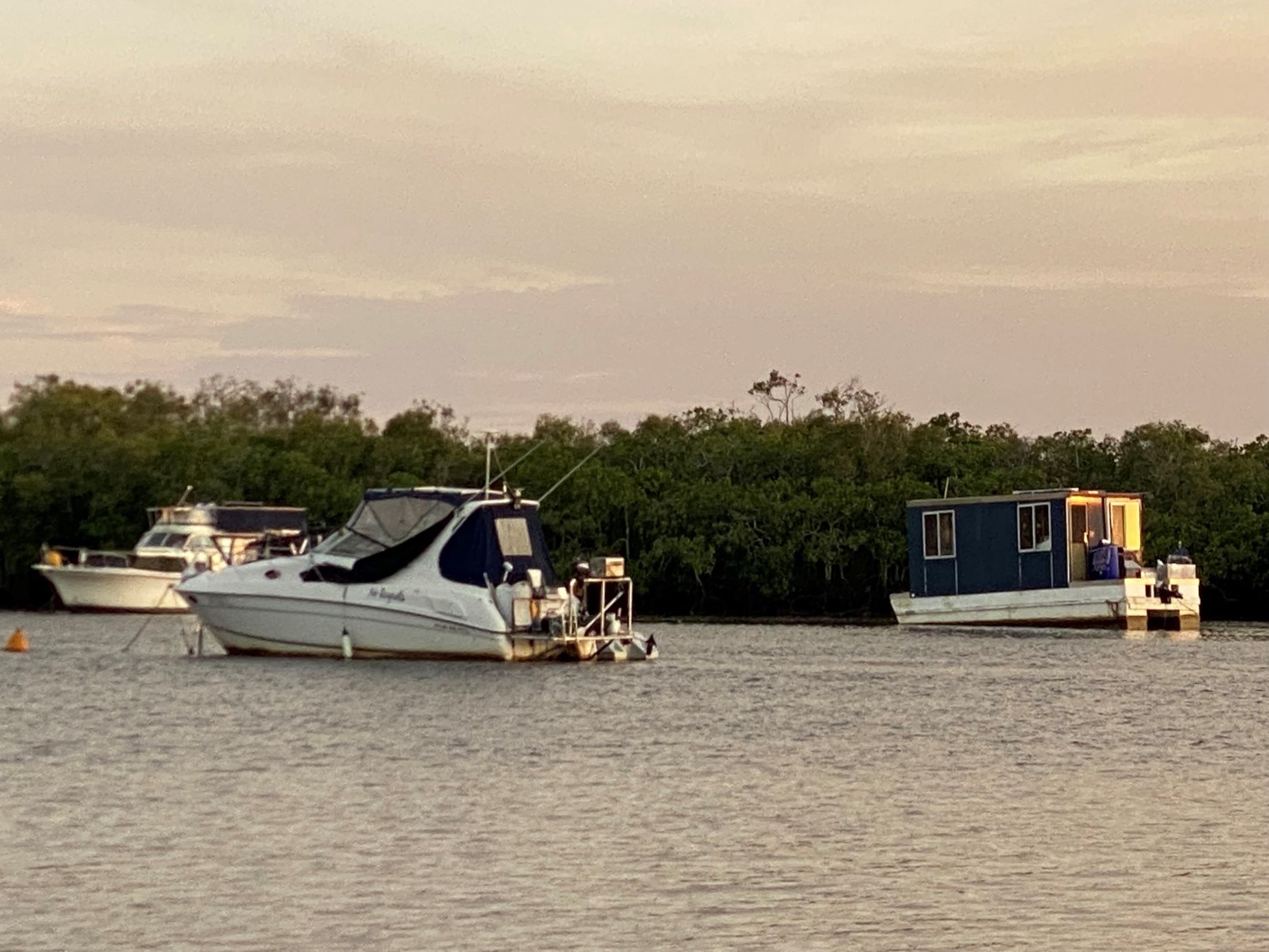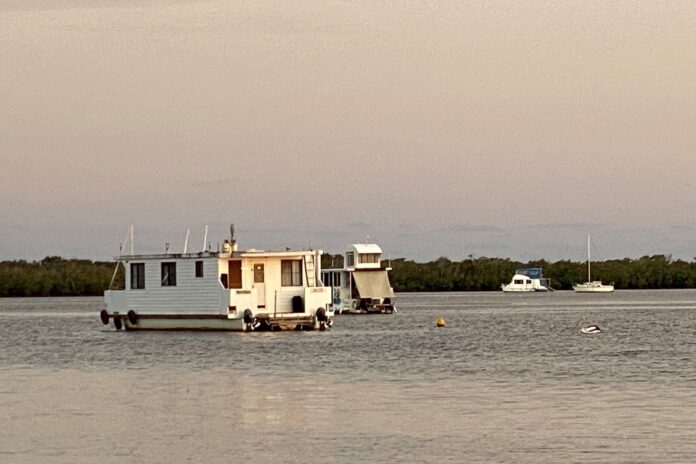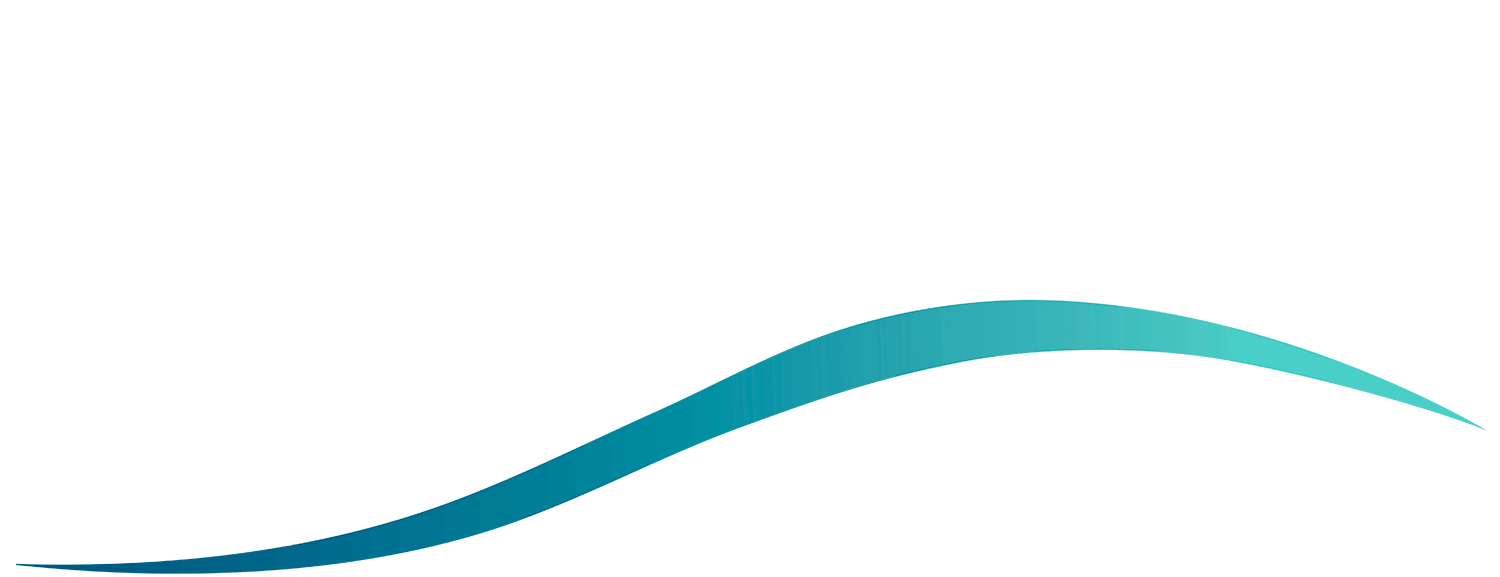Concerns exist about the number of vessels moored in a sensitive area, but Maritime Safety Queensland says the majority of vessels are doing the right thing.
At least seven houseboats are moored in Bells Creek where it meets the Pumicestone Passage at Golden Beach, and there are other live-aboard vessels in the passage.
Concerns have been raised about the number of live-aboard boats and their waste arrangements in the environmentally sensitive area.
But an MSQ spokesperson said anchoring restrictions did not apply to vessels on a series of authorised buoy moorings north of Bells Creek, from near Keith Hill Park to Golden Beach.
The spokesperson said MSQ officers regularly conducted patrols and inspections in regards to marine pollution and mooring compliance throughout Sunshine Coast waters.
“Approximately 50 vessels have been inspected in the Pumicestone Passage area over the last six months. Compliance rates are very high,” the spokesperson said.

The MSQ spokesperson said no sewage discharge offences had been detected, although three notices were issued in MSQ’s September 2024 audits for owners to rectify aspects of their waste holding systems.
“Most issues found by MSQ are minor and addressed through an educative approach, particularly around documentation requirements,” the spokesperson said.
“These vessels receive follow-up inspections from MSQ to ensure compliance has occurred.”
Concerns have been raised about water quality in the Pumicestone Passage since the tidal breakthrough at Bribie Island in early 2022, which has led to the clogging of the Caloundra Bar at the northern end of the passage.
Do you have an opinion to share? Submit a Letter to the Editor at Sunshine Coast News via news@sunshinecoastnews.com.au. You must include your name and suburb.
Ken Mewburn, president of Take Action Pumicestone Passage, said waste issues had improved since legislative changes were made allowing the use of “caravan” toilets aboard boats to fulfill their waste management requirements.
But Mr Mewburn said there were questions to be asked about how some vessels managed to empty waste.
He was aware of one vessel in the passage that had its own treatment system on board so it released clean water, but he wondered how some boats made it close enough to a dump point or to be pumped out.
Pumicestone Passage Catchment Management Board spokesperson Jen Kettleton-Butler said the board acknowledged the concerns of residents.
“The Pumicestone Passage is a place everyone should be able to enjoy, but it must be done responsibly and in a way that supports the amenity and sustainability of the waterway we all enjoy,” she said.
“We are supportive of the live-aboard community so long as they are compliant with the rules, including the appropriate management of waste, and ensuring they are on secure moorings that are regularly monitored to avoid risks associated with them coming loose.”

Third-generation Caloundra resident Les Clarke, who lives aboard his vessel in the passage, said he was confident the live-aboard community in the passage was doing the right thing.
Mr Clarke said it would help if a promised sullage point that had been on the cards for years was installed at Bells Creek.
A blackwater pump-out device exists at the Pelican Waters Marina, which is free for any member of the public to use, but can only be accessed by vessels under 3.8m high that can clear bridges to get into the marina.
Mr Clarke said a bigger issue in his view was the number of vessels with nobody on board.
“These types of vessels have increased lately due to the tightening of rules in the northern estuaries (like Noosa),” he said.
“We need to ensure these unmonitored vessels don’t break mooring and hit other vessels or sink and create more serious pollution or hazards in our waterway.”





